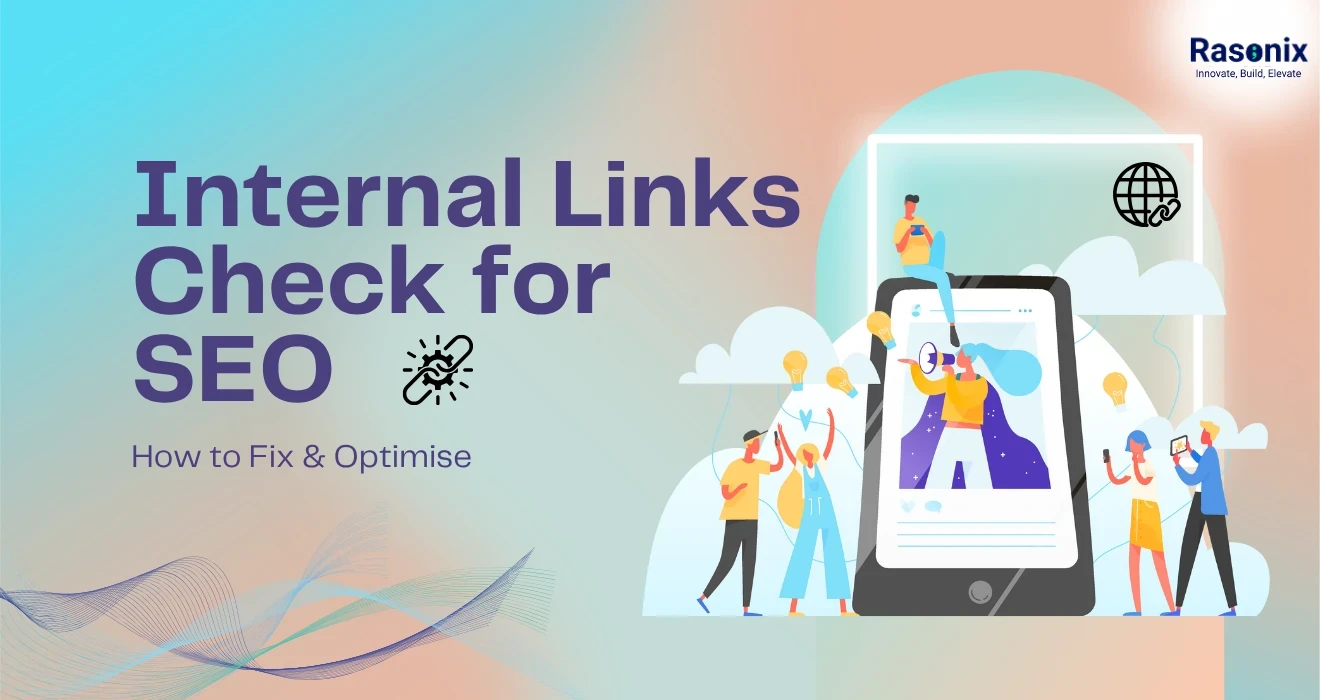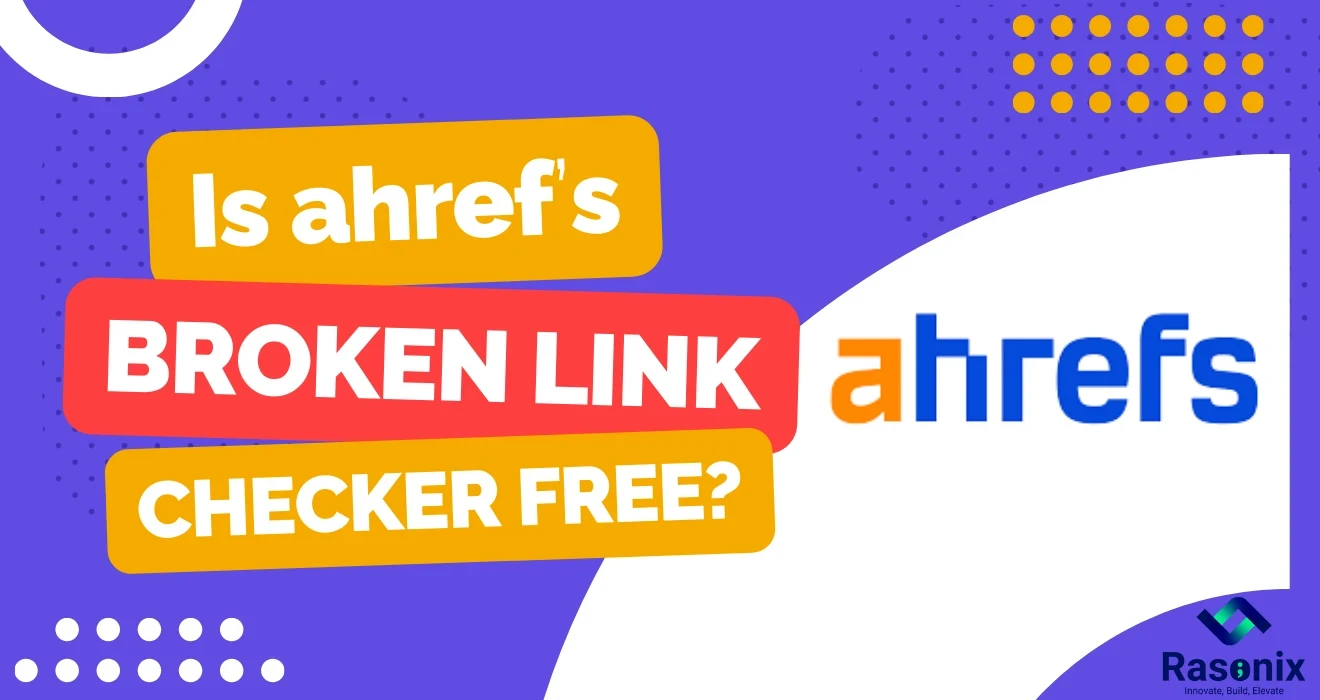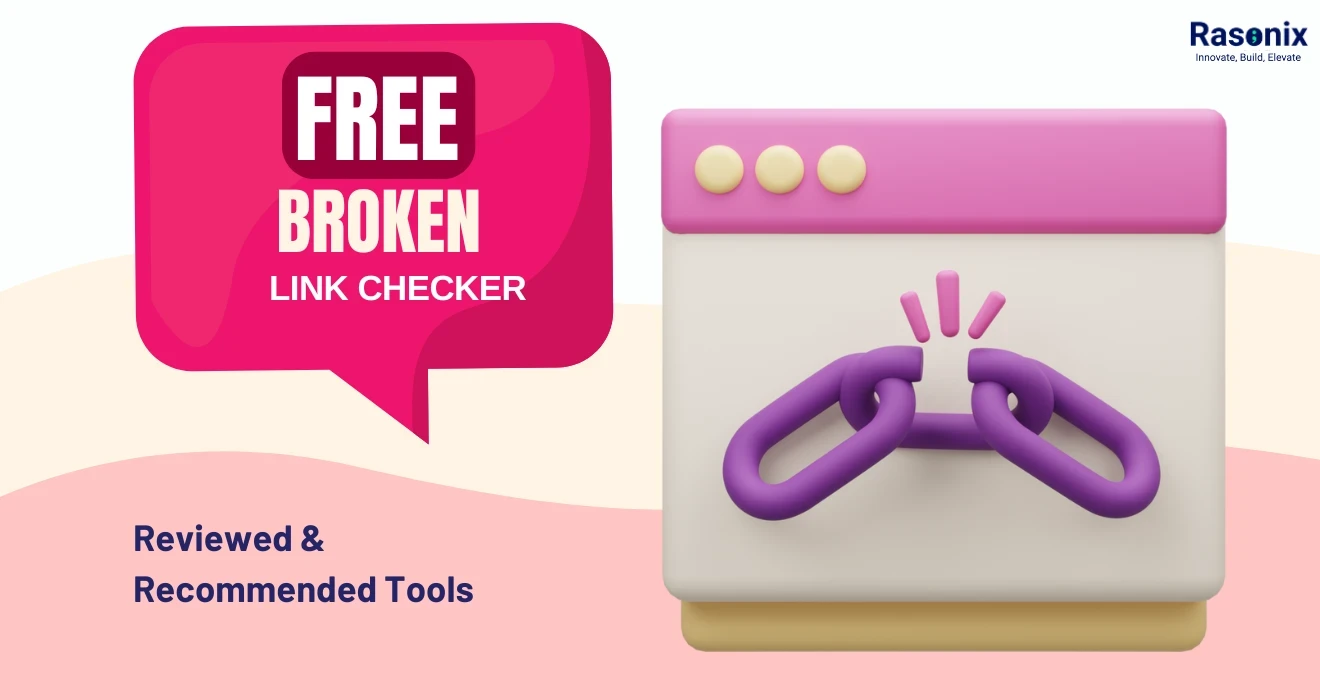Think of your website like a town or city, and internal links check like roads that connect important landmarks. Without clearly identified routes, users get lost and search engines have a hard time mapping the area. This is why internal linking isn't just a nice-to-have when it comes to SEO. Internal linking is one of the best on-site techniques to improve visibility, enhance user experience, and maximise page authority.
Internal links are hyperlinks that connect one page on your domain to another page within the same domain. The significance of internal links check for how your site structure is weighted, for creating equity in links (page rank), and for directing users through your content cannot be ignored. A strong internal linking strategy will help Google understand how your pages are related to each other, dictate page crawling and indexing of high-priority content, and give ranking potential for poorly performing but quality pages.
Now, just sticking links on corresponding pages isn't enough. With time, internal links check can break, become stale, or weaken SEO Equity when not optimised. This is exactly why we use audits for internal links check and, even more importantly, the tools that will allow you to scale the audit and give insights.
In this comprehensive article, we will explore the best tools for conducting internal link audits, including basic browser extensions and free checkers, as well as enterprise-level SEO tools for large-scale sites. No matter if you are a solopreneur with a five-page blog or an SEO professional with a 5,000-page enterprise site, we have organized the best tools by capabilities, budget, and scenarios. Get ready for hands-on insight, real-life examples, and actionable tactics to level up your internal link building.
What Are Internal Links and Why Do They Matter?

Internal links are hyperlinks that connect one page of your website to another. They:
- Help users navigate your site.
- Establish a clear information hierarchy.
- Distribute link equity (PageRank) across pages.
Why they’re essential for SEO:
- Improve crawlability and indexation.
- Increase time on site and page views.
- Enhance topical authority.
- Help surface important or new content.
But just placing links isn’t enough, but maintaining them is important.
Why You Need to Do a Regular Internal Links Check
Improper internal links check can lead to:
- Broken Links (404 Errors): Hurt your rankings, UX and SEO.
- Redirect Loops (301/302): Waste crawl budget and slow page loads.
- Links to Outdated Content: Confuse users and search engines.
- Overlinking or Irrelevant Links: Appear spammy.
- Missed Linking Opportunities: Orphaned pages with no internal links check lose value.
Internal link audits keep your website healthy, search-engine-friendly, and user-centric. It also helps you to rank on Google.
How to do Internal Links Check: Methods & Techniques
Step 1: Manual Checks (for Small Sites)
- Click through links to ensure they work.
- Inspect anchor texts for relevance.
- Use CMS editors or page previews to scan for link placements.
Step 2: Using Browser Developer Tools
- Use the Inspect/Elements tab in Chrome or Firefox.
- Check <a> tags pointing to same-domain URLS.
- Use the Network tab to verify HTTP status codes.
Step 3:Leverage Crawling Tools (The Smart Choice for Most Sites)
- Automate site-wide checks.
- Identify deep issues: redirects, orphan pages, and anchor text issues.
Why Tool-Assisted Internal Link Checks Are Essential
Manual checks can be tedious and error-prone. Tools offer:
- Speed: Analyse hundreds of links in seconds.
- Depth: Get more than just 404s - find redirect chains, weak anchor text, and more.
- Visualisation: See your entire internal link structure.
- Insights: Improve both user experience and technical SEO.
Best Internal Link Audit Tools by Category
Category 1: Free Online Internal Link Checkers
Ideal for spot checks or small websites.
|
Tool
|
Best Use
|
|
Ahrefs Free Website Checker
|
Spot broken links and basic internal structure
|
|
W3C Link Checker
|
Simple interface, detects broken internal/external links
|
|
Dr. Link Check
|
Free plan checks up to 1500 links
|
Best For: Quick audits, small sites.
Limitations: Limited crawl depth and features.
Category 2: Free Browser Extensions for On-Page Link Analysis
Great for page-by-page inspection.
|
Tool
|
Best Use
|
|
Check My Links (Chrome)
|
Highlights valid and broken links
|
|
LinkMiner
|
Shows link types and anchor text
|
|
SEO Minion
|
Differentiates internal vs. external links
|
|
Detailed SEO Extension
|
Rich link metrics and on-page data
|
Best For: Individual page analysis.
Limitations: Not scalable for full-site audits.
Category 3: Comprehensive SEO Platforms
Full-featured platforms with built-in link analysis.
|
Tool
|
Best Use
|
|
Semrush
|
Detects broken links, redirects, and orphaned pages
|
|
Ahrefs
|
Internal link audit and content explorer
|
|
Moz Pro
|
Crawl diagnostics and link equity analysis
|
|
Screaming Frog
|
Custom crawls, anchor text checks, orphan page reports
|
Best For: Site-wide audits, ongoing monitoring.
Limitations: Paid tools (free trials available).
Category 4: Specialised Link Analysis Tools
These focus on link metrics and internal link performance.
|
Tool
|
Best Use
|
|
Majestic
|
Offers visual internal link flow maps
|
|
Linkody
|
Track lost backlinks and related internal links check
|
Best For: Link equity analysis, hybrid backlink/internal link tracking.
Category 5: Website Crawling & Audit Tools
Designed for broader technical SEO audits.
|
Tool
|
Best Use
|
|
Sitebulb
|
Visual link graphs, orphan page detection
|
|
DeepCrawl
|
Cloud-based audits, link segmentation
|
Best For: Advanced SEO teams, technical audits.
Category 6: Google Search Console
Free and straight from the source.
|
Tool
|
Best Use
|
|
Coverage Report
|
Spot crawl errors like broken links
|
|
Links Report
|
Identify top-linked internal pages
|
|
Sitemap Tools
|
Monitor crawling efficiency
|
Best For: Beginners, Google-specific insights.
Limitations: Less detailed than third-party tools.
How to Choose the Right Tools:
|
Site Size
|
Budget
|
Best Fit
|
|
Small Blog
|
Free
|
Check My Links, SEO Minion
|
|
Medium Business
|
Low
|
Screaming Frog (Free/Paid)
|
|
Large Website
|
Paid
|
Semrush, Ahrefs, DeepCrawl
|
|
Beginners'
|
Free
|
Google Search Console
|
Match tools to your needs:
● Goals (Broken link detection, anchor text optimisation, orphan page fixing).
● Skill level (User-friendly UIs vs. technical crawlers).
● Team size and scope (Solopreneur vs. SEO agency).
How to Audit Internal Links for SEO Optimisation
Start optimising your content with these points:
● Identify Orphan Pages: Add links to isolated content.
● Strengthen Topic Clusters: Cross-link related articles.
● Boost Money Pages: Use internal links to check page authority.
● Anchor Text Audit: Ensure relevance and keyword alignment.
● Smart Placement: Insert links in meaningful contexts.
● Avoid Overlinking: Keep it natural and useful.
Best Practices: Getting the Most Out of Internal Link Tools
● Audit regularly or monthly or after major content changes.
● Fix high-priority errors first (404s, redirects).
● Use visuals to map your link structure (Sitebulb, Majestic).
● Combine insights from different tools.
● Document internal linking guidelines for content creators.
Conclusion:
Internal linking is often the unsung hero of SEO, but mastering it separates average websites from high-performing ones. From guiding users through a seamless content journey to signaling page importance to Google, the benefits of a strategic internal linking structure are immense. However, maintaining and optimizing those links requires more than just intuition; it demands the right tools.
By regularly auditing internal links with the tools we’ve covered, from lightweight browser extensions to heavyweight SEO platforms, you can uncover hidden opportunities, fix costly errors, and enhance your site's crawlability and user experience. Whether your goal is to identify orphaned pages, improve topical authority, or fine-tune anchor text, there's a tool that can help you get there faster and smarter.
Don’t wait until broken links or poor link distribution starts hurting your rankings. Start using these tools today to take control of your internal link architecture. Remember, in SEO, small tweaks can lead to massive gains and your internal links check is one of the most controllable and impactful areas to optimize.
Need expert help with your internal linking strategy?
Contact Us and let Rasonix do the heavy lifting. Our SEO specialists perform deep link audits, fix critical issues, and build smart, scalable link structures that fuel higher rankings and better user journeys. Whether you're a blog, an eCommerce site, or an enterprise portal, we’ll align your internal links with your business goals.
Get Your Internal Link Audit from Rasonix Today. Let’s optimise what’s already yours, your content, your structure, your success.



















 Subscribe Now
Subscribe Now